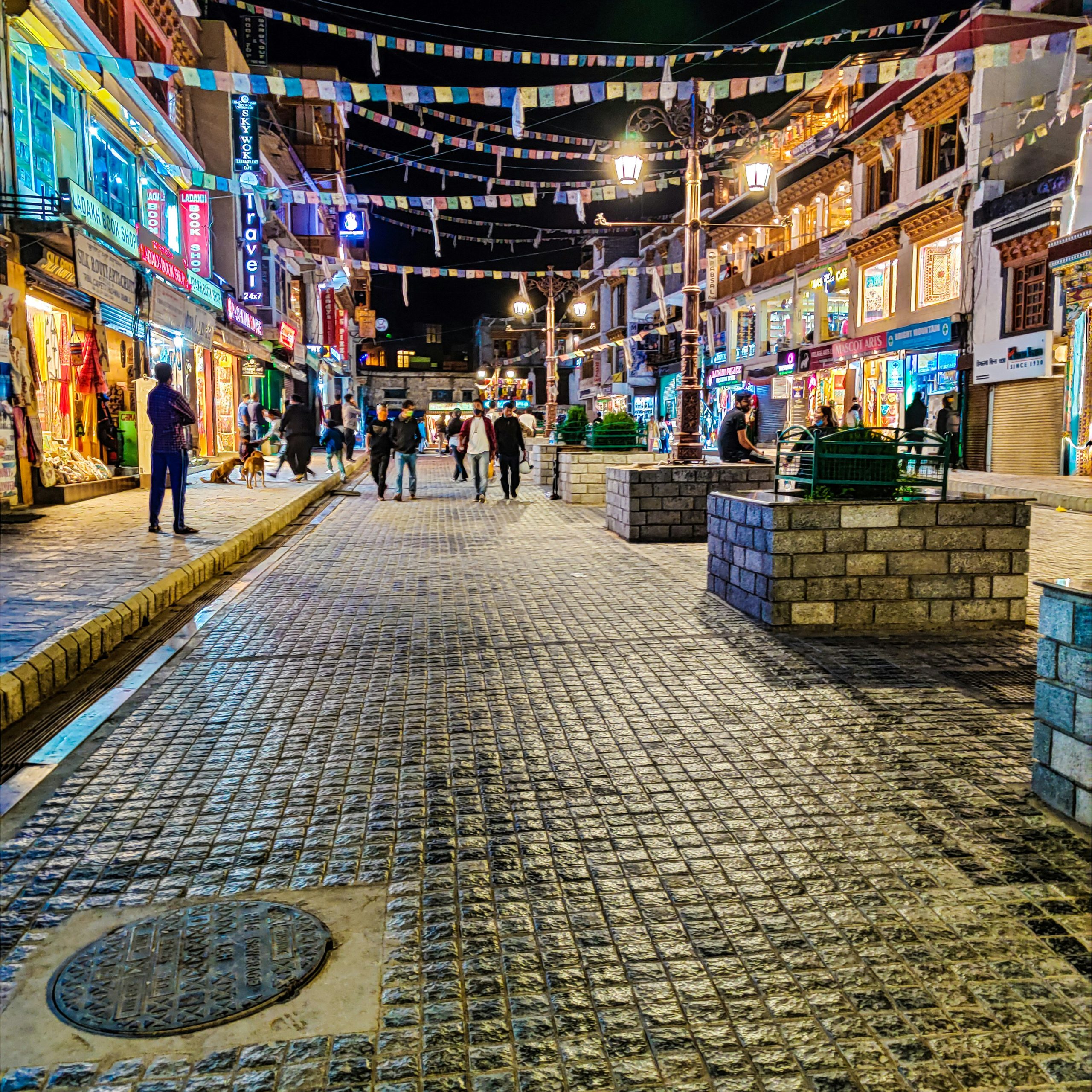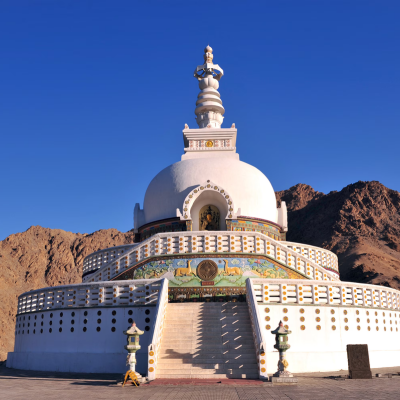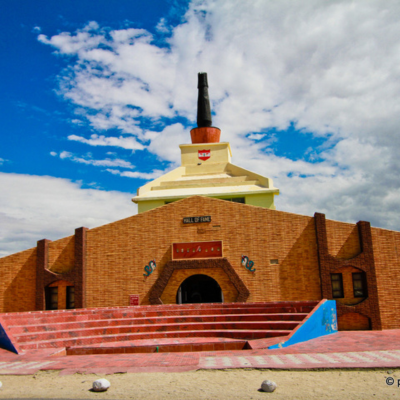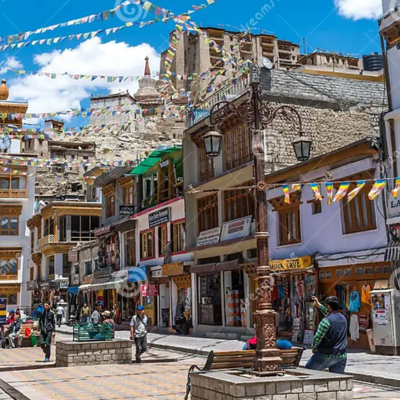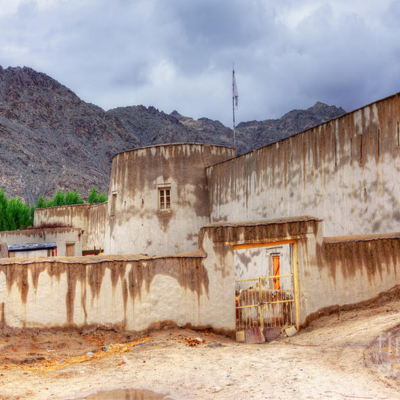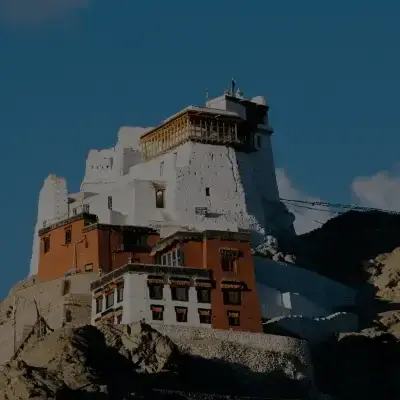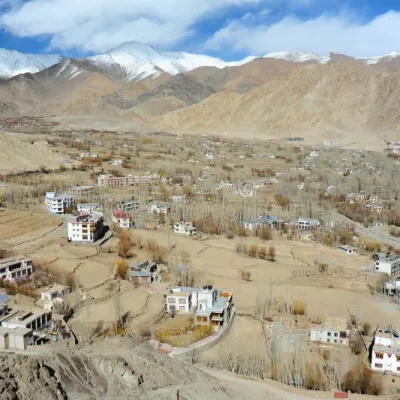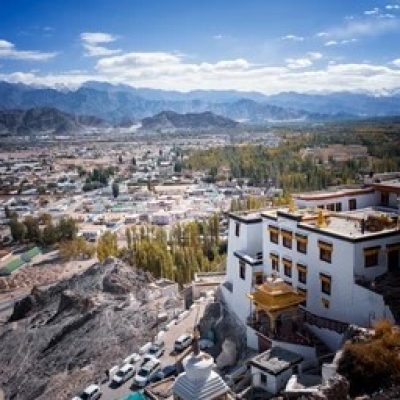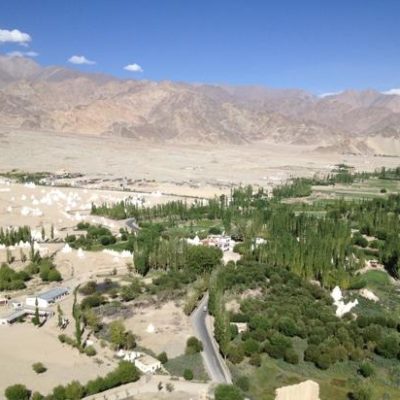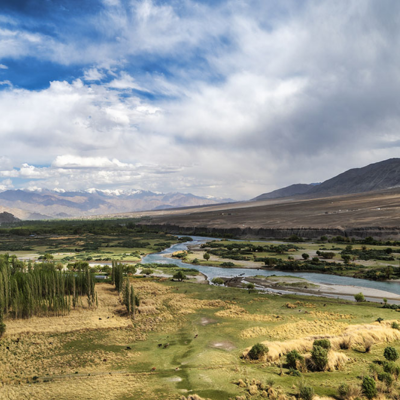In Ladakhi culture, hot springs like Chagga are regarded as sacred sites believed to be blessed with healing powers. The local Changpa nomads have long utilized these springs for physical relief and spiritual cleansing. It is customary among these highland communities to rest and bathe in the springs during seasonal migrations, and many believe the waters help alleviate ailments related to cold weather, such as arthritis and skin conditions.


